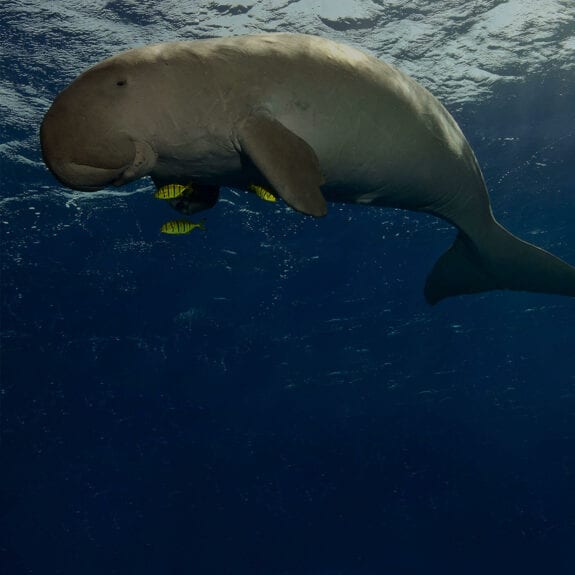
Species
We create the conditions necessary for species populations to increase, thrive, and naturally recolonise their habitats.
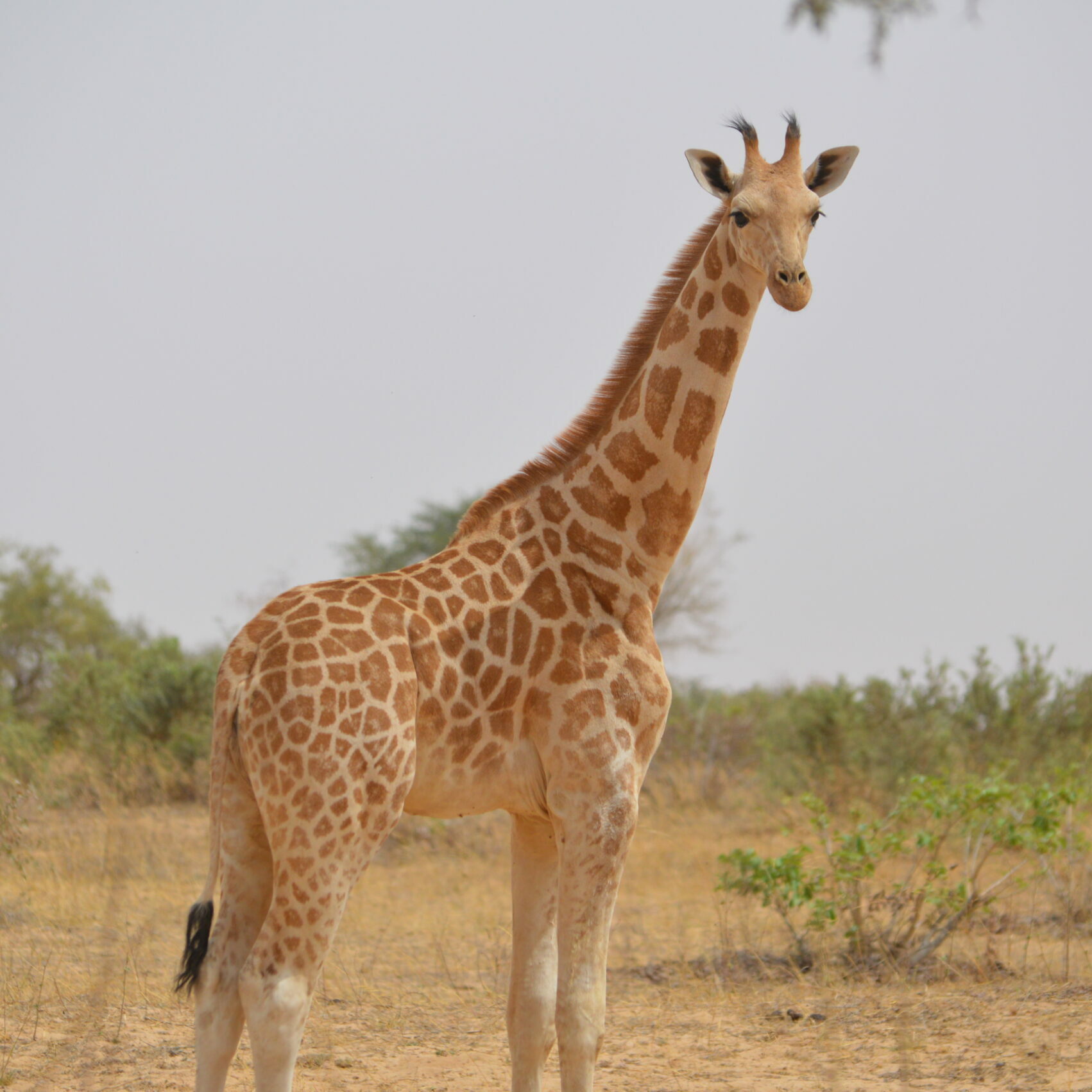
1. Improve law enforcement
Saving species starts with enforcing the laws that protect the most vulnerable ones. Throughout the world, many countries have adopted strong legislation to prevent illegal wildlife crime, but they don’t always have the means to enforce them.
In 2020, one of our many successes included the apprehension of 22 poachers and 36 illegal miners, and the confiscation of 368kg of illegal bushmeat. This was made possible thanks to a Rapid Action Grant that supported a team of rangers and their K9 unit in Lower Zambezi.
[IUCN Save Our Species] funding has allowed for an invaluable enhancement of the protection and defence of biodiversity and the protected areas of Guinea at a particularly critical point-in-time, given the additional threats and challenges presented by the global COVID-19 crisis and the early stages of the Moyen Bafing National Park in its creation.
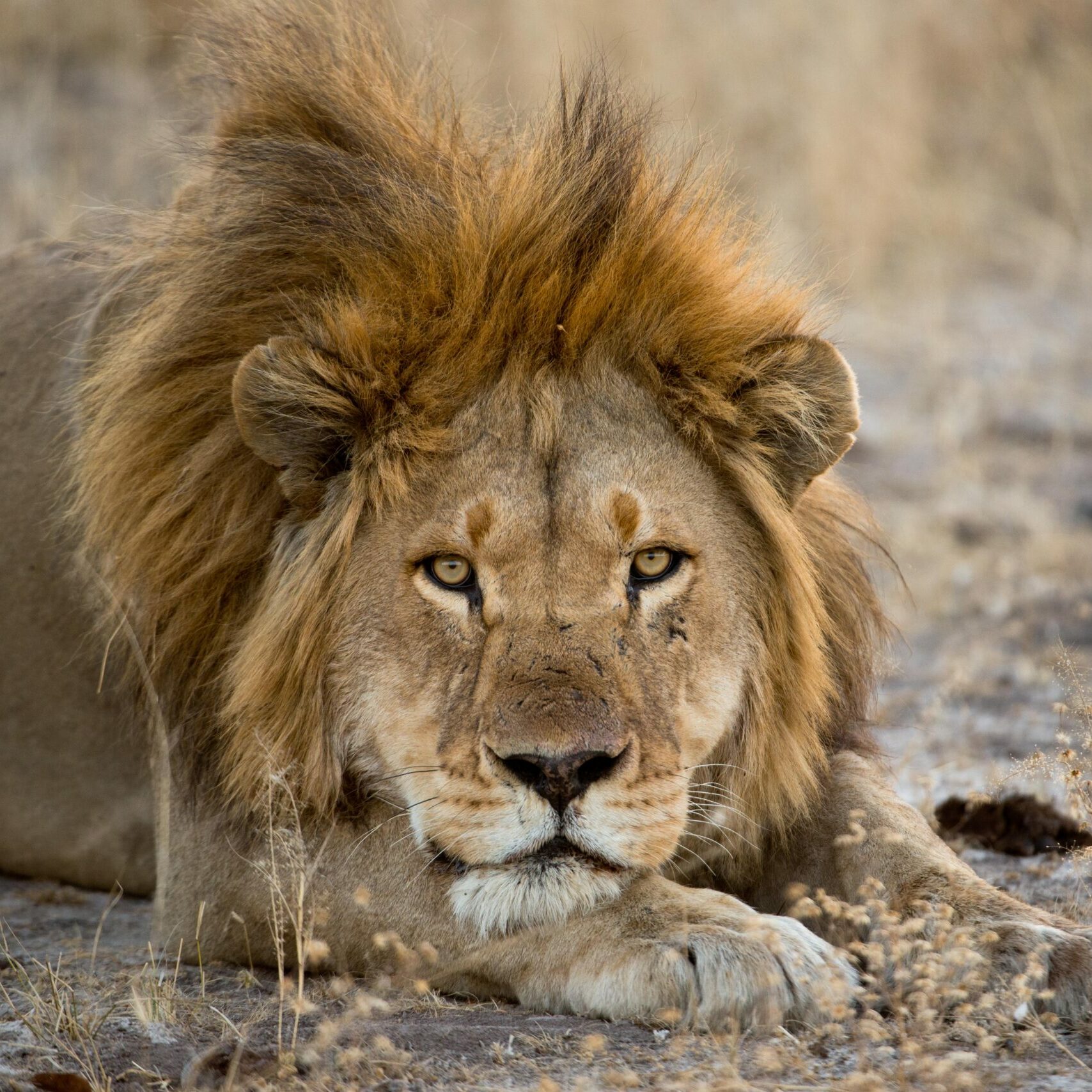
2. Reduce and mitigate human-wildlife conflict
It is important to effectively manage human-wildlife conflict as it can be destructive to both humans and animals. Many species are at risk of extinction due to being purposely killed by humans, while wild animals can attack humans, or unknowingly impact their livelihoods by eating their crops.
For example, one of our projects in Namibia is aiming to reduce human-lion conflicts by helping farmers herd their cattle safely and moving lions out of populated areas.
Another in Uganda deploys locally recruited community scouts to watch livestock and report any lion presence in the vicinity.
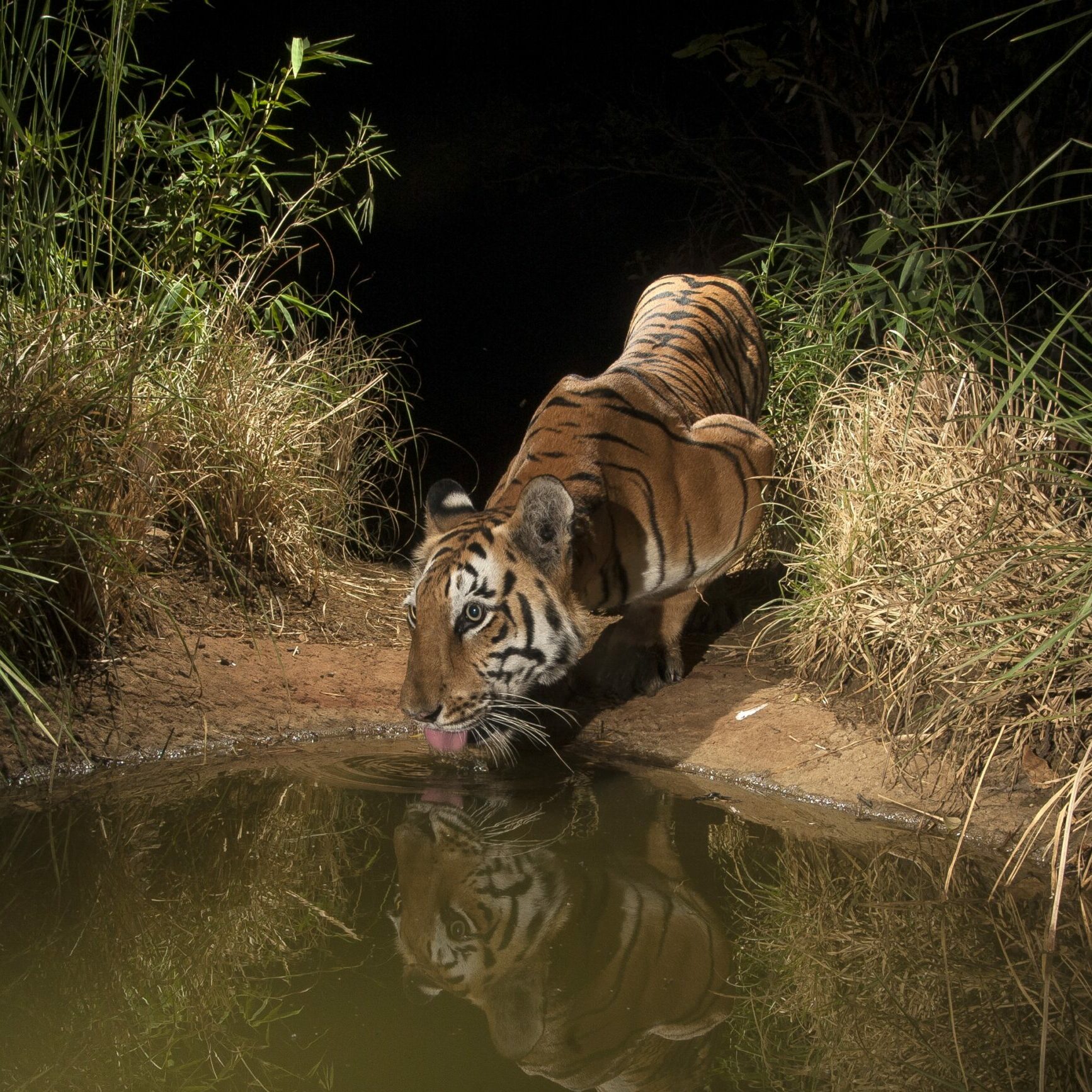
3. Improve disease management
Diseases in wildlife are dangerous to species populations and can negatively impact their long-term survival. For the most part these diseases can be managed, which means that threatened species can be preventively protected from damaging consequences.
Many of our projects are specifically designed to improve disease management. Following a series of wildlife disease outbreaks in India that originated from domestic animals, one of our projects is working with veterinarians to immunize livestock, and reduce disease transmission to wild ungulate species that make up the tiger’s prey.
Another project in Myanmar is developing a similar livestock vaccination programme with veterinarians and the local government, in order to prevent seasonal livestock disease outbreaks from infecting tiger prey species such as pigs and deer.
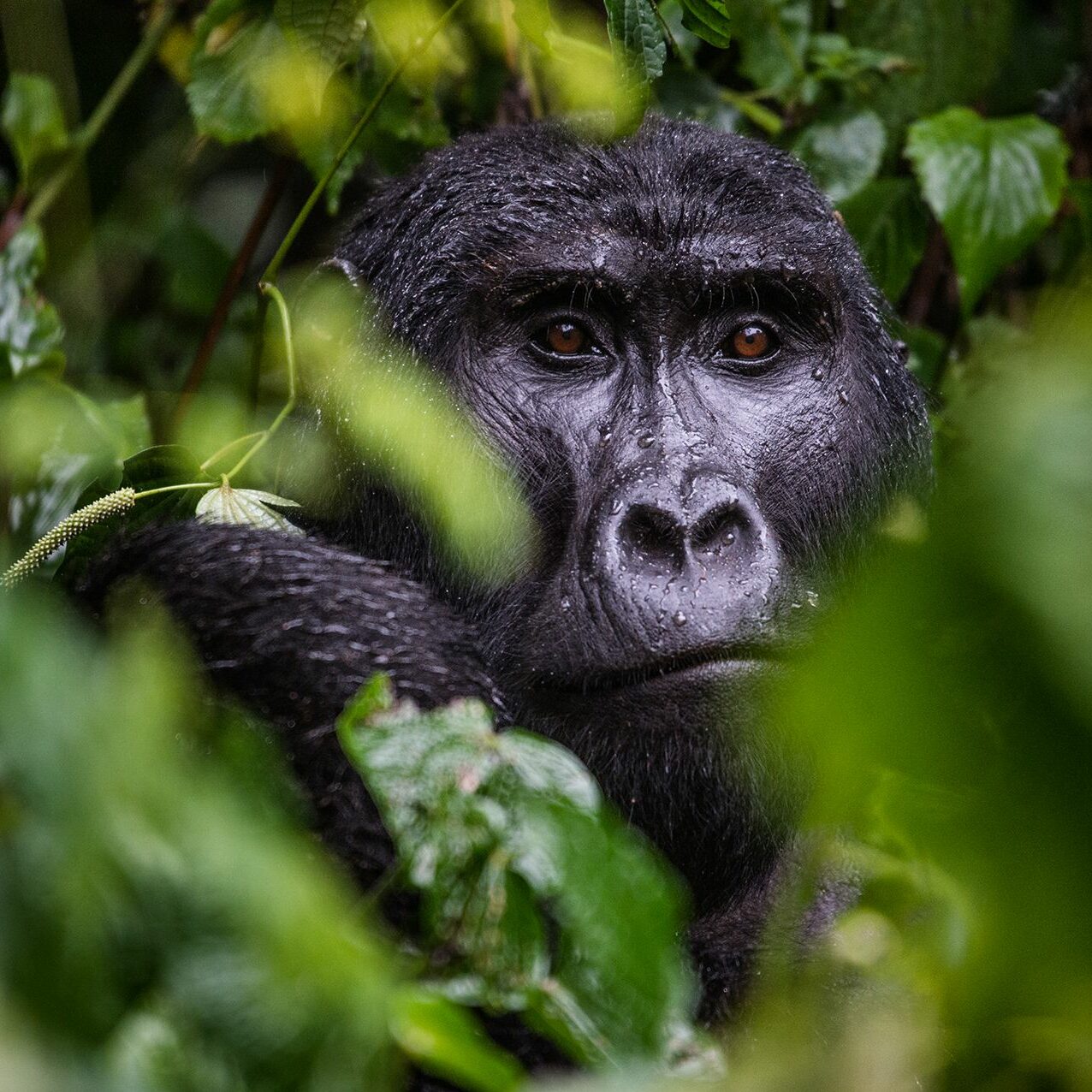
4. Rehabilitate and/or rescue wild animals
Wire-snares are one of the most common methods of poaching. They are very dangerous, not only because of their effectiveness, but also because they are indiscriminate. This means that they can catch the intended target species as well as any other animal that happens to get caught. The rehabilitation of these animals is necessary, as their disappearance can cause serious disruptions in population numbers.
Removing snares as well as rescuing animals caught in snares are an essential part of species conservation. One of our grantees has rescued and rehabilitated 44 snared lions who have since contributed to the birth of 187 cubs, thus maintaining a thriving lion population. Another has successfully increased gorilla populations.
As a result of [these] efforts, the population of Mountain Gorillas increased by 8 individuals (151 to 159 individuals) between June and October 2020. This increase includes an extremely rare event: the birth of twins in the Mapuwa family. Sadly, one of the two twins did not survive.
